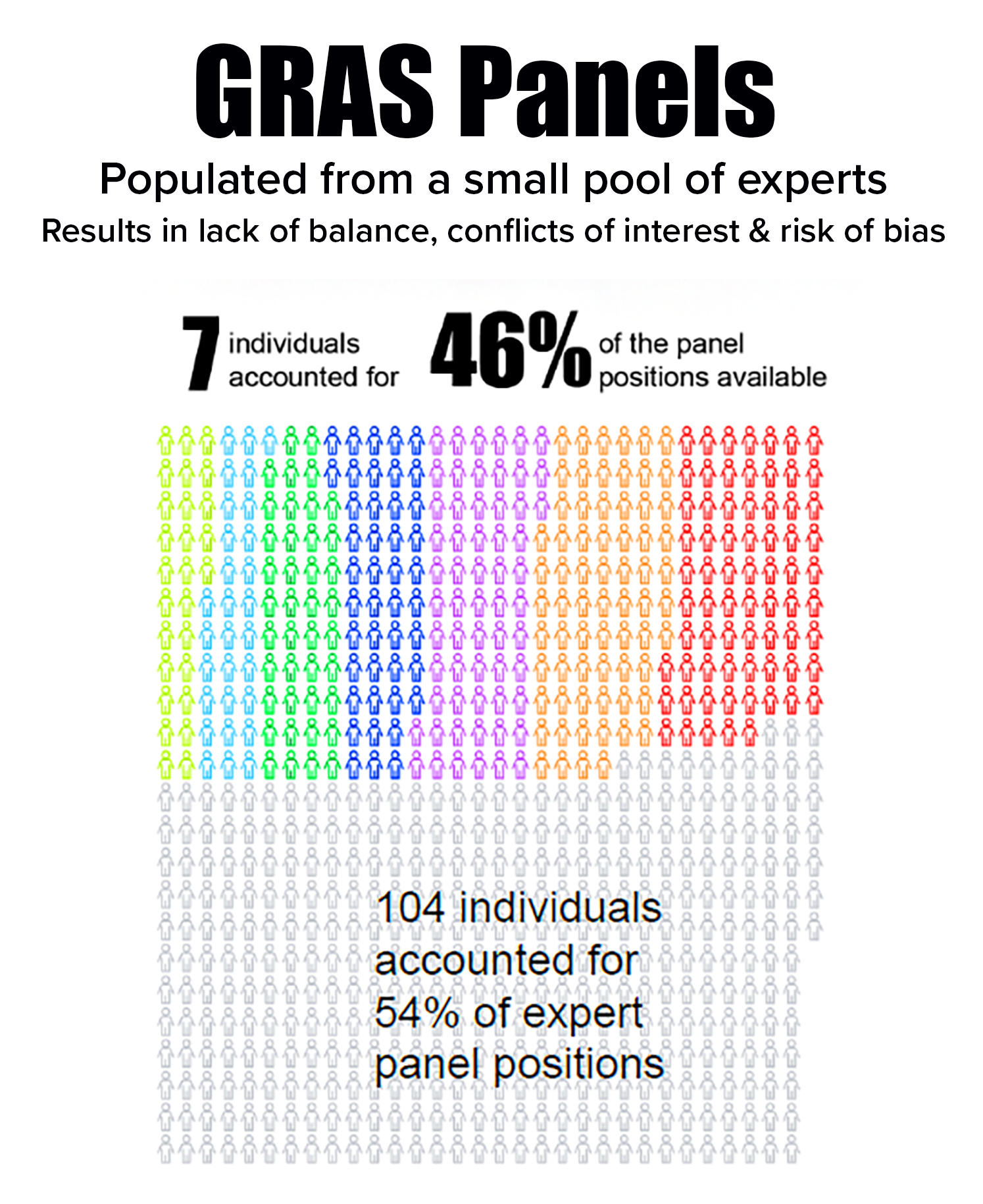NOTE: This is the fifth in a series about EPA’s regulation of new chemicals. See below under Go Deeper for links to the other blogs in the series.
What Happened?
The Environmental Protection Agency (EPA) recently proposed new regulations for its safety reviews of new chemicals under our nation’s primary chemicals law, the Toxic Substances Control Act (TSCA). One of the proposed provisions would govern which persistent, bioaccumulative,1 toxic chemicals (PBTs) should undergo a full safety review.
Why It Matters
This proposed approach would exclude certain PBTs from a full new chemical safety review. This is a concerning step backward in addressing the risks from these chemicals.
PBT chemicals do not break down readily from natural processes and raise special concern because of their ability to build up in both the environment and in people and other organisms. Even small releases of these long-lived and bioaccumulative toxic chemicals can pose long-term risks to human health and the environment. Notable PBTs—such as DDT, which affects reproduction, and methyl mercury, which is a powerful neurotoxin—impacted whole ecosystems across the United States, including the Great Lakes.














